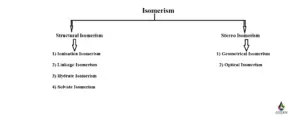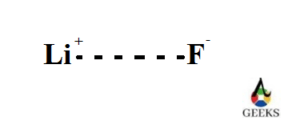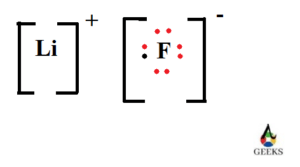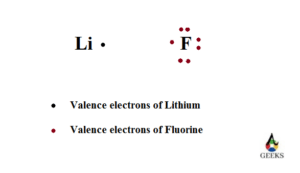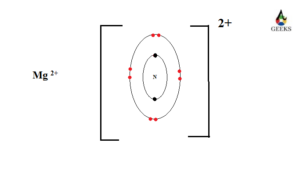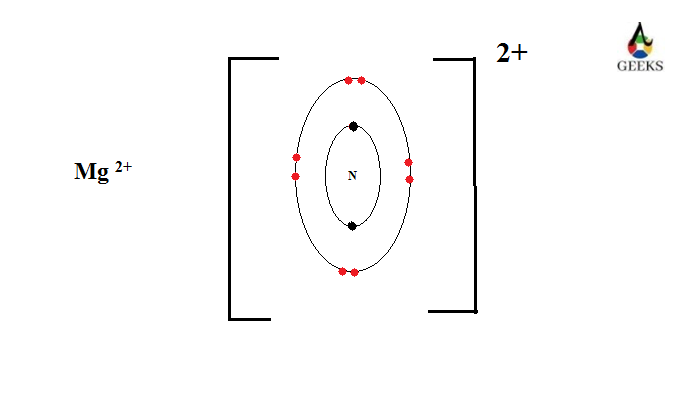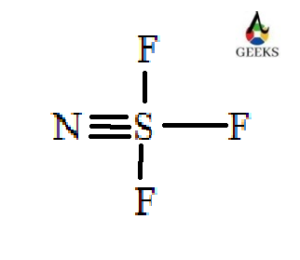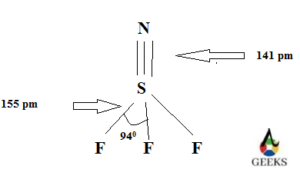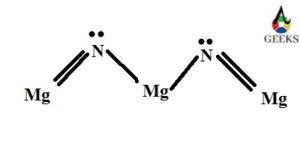Ionisation isomerism, example are described with all details in this article.
Ionisation isomerism example is an important topic in the case of coordination complexes. Ionisation isomerism is the isomerism occurs due to the exchange of groups between the coordination sphere of the metal ion or the coordination sphere and the ions outside the coordination sphere or ionisation sphere.
The examples of compounds showing ionisation isomerism is described below.
- [Co(NH3)5Br]SO4 and [Co(NH3)5 SO4] Br
- [Co(NH3)5Cl]SO4 and [Co(NH3)5 SO4] Cl
- [Cr(NH3)5Br]Cl and [Cr(NH3)5Cl]Br
- [Fe(NH3)SO4]CN and [Fe(NH3)CN]SO4
- [Pt(NH3)4(OH)2]SO4 and [Pt(NH3)SO4](OH)2
- [Ni(CN)(H2O)(NH3)4]Cl and [Ni(Cl)(H2O)(NH3)4]CN
- [Ni(en)2Cl2](NO2)2 and [Ni(en)2(NO2)2 ]Cl2
Some compounds have same chemical formula but are different in the arrangement of atoms. Such compounds are called isomers and the phenomenon is called isomerism.
Due to this property, these compounds are differ in one or more physical and chemical properties even though they are identical in their chemical formula. This property of isomerism is mainly shown by coordination compounds.
The two principal types of isomerism and its sub classifications are shown below.

Stereo isomerism is the isomerism shown by compounds with same chemical formula and bonds but differ in their spatial arrangement of atoms.
Structural isomerism is the isomerism due to the difference in the structure of coordination compounds. Structural isomerism is divided into different types like ionisation, linkage, coordination and solvate isomerism.
The detailed examples of compounds showing ionisation isomerism is described below.
[Co(NH3)5Br]SO4 and [Co(NH3)5 SO4] Br
The first complex is in red velvet colour, which when treated with BaCl2 give a white precipitate of BaSO4. But when the second complex is treated with BaCl2 , a white precipitate doesn’t form or the there is no reaction took place.
When ionisation isomers are dissolved in water, they ionise to give different ions. These ions reacts differently with different reagents to give different products. This is what happened here. So the reaction took place here is
[Co(NH3)5Br]SO4 + Ba2+ → [Co(NH3)5Br]2+ + BaSO4 (white precipitate)
[Co(NH3)5 SO4] Br + Ba2+ → No reaction
Similarly when the second complex is treated with silver nitrate, a pale yellow precipitate of silver bromide, AgBr formed. But in the case of first complex no reaction took place.
[Co(NH3)5 SO4] Br + Ag+ → [Co(NH3)5 SO4]– + AgBr (white precipitate)
[Co(NH3)5Br]SO4 + Ag+ → No reaction
[Co(NH3)5Cl]SO4 and [Co(NH3)5 SO4] Cl
When this two complexes treated with barium chloride BaCl2, the following reaction took place.
[Co(NH3)5Cl]SO4 + Ba2+ → [Co(NH3)5Cl]2+ + BaSO4 (white precipitate)
[Co(NH3)5 SO4] Cl + Ba2+→ No reaction
From this we conclude that the Sulphate ions are present outside the coordination sphere that is the reason for the formation of barium sulphate in the case of first complex.
When this complexes treated with silver nitrate AgNO3 , the first one doesn’t react but the latter gives a white precipitate of silver chloride, AgCl.
[Co(NH3)5Cl]SO4 + AgNO3 → No reaction
[Co(NH3)5 SO4] Cl + AgNO3 → [Co(NH3)5 SO4]– + AgCl ( white ppt)
Presence of chloride ions outside the coordination sphere results the formation of white precipitate AgCl.
[Cr(NH3)5Br]Cl and [Cr(NH3)5Cl]Br
When this two complexes are treated with silver nitrate, AgNO3 the first complex give a white precipitate of silver chloride, AgCl and second one gives a pale yellow precipitate of silver bromide, AgBr.
[Cr(NH3)5Br]Cl + Ag+ → [Cr(NH3)5Br]+ + AgCl ( white ppt)
[Cr(NH3)5Cl]Br + Ag+ → [Cr(NH3)5Cl]+ + AgBr ( pale yellow ppt)
Since both the chloride and bromide ions are outside the coordination sphere they reacts with silver nitrate to give white and yellow precipitate respectively.
[Fe(NH3)SO4]CN and [Fe(NH3)CN]SO4
When this complexes treated with silver nitrate AgNO3 , a white precipitate of Silver cyanide, AgCN is formed in the case of first one but the latter doesn’t give a positive response or no reaction took place there.
[Fe(NH3)SO4]CN + Ag+ → [Fe(NH3)SO4]+ + AgCN ( white ppt)
[Fe(NH3)CN]SO4 + Ag+ → No reaction
From this examples also we can conclude that the presence of cyano group outside the coordination sphere results the formation of white precipitate in the case of first one but in the latter CN or the cyano group is inside the sphere and therefore no white precipitate formed here.
Another such examples of complexes showing ionisation isomerism is given below.
[Pt(NH3)4(OH)2]SO4 and [Pt(NH3)SO4](OH)2
[Ni(CN)(H2O)(NH3)4]Cl and [Ni(Cl)(H2O)(NH3)4]CN
[Ni(en)2Cl2](NO2)2 and [Ni(en)2(NO2)2 ]Cl2
From all these examples we can conclude one thing that ionisation isomerism is the isomerism shown by the ions present in the inside and outside of the coordination sphere of a coordination complexes.
